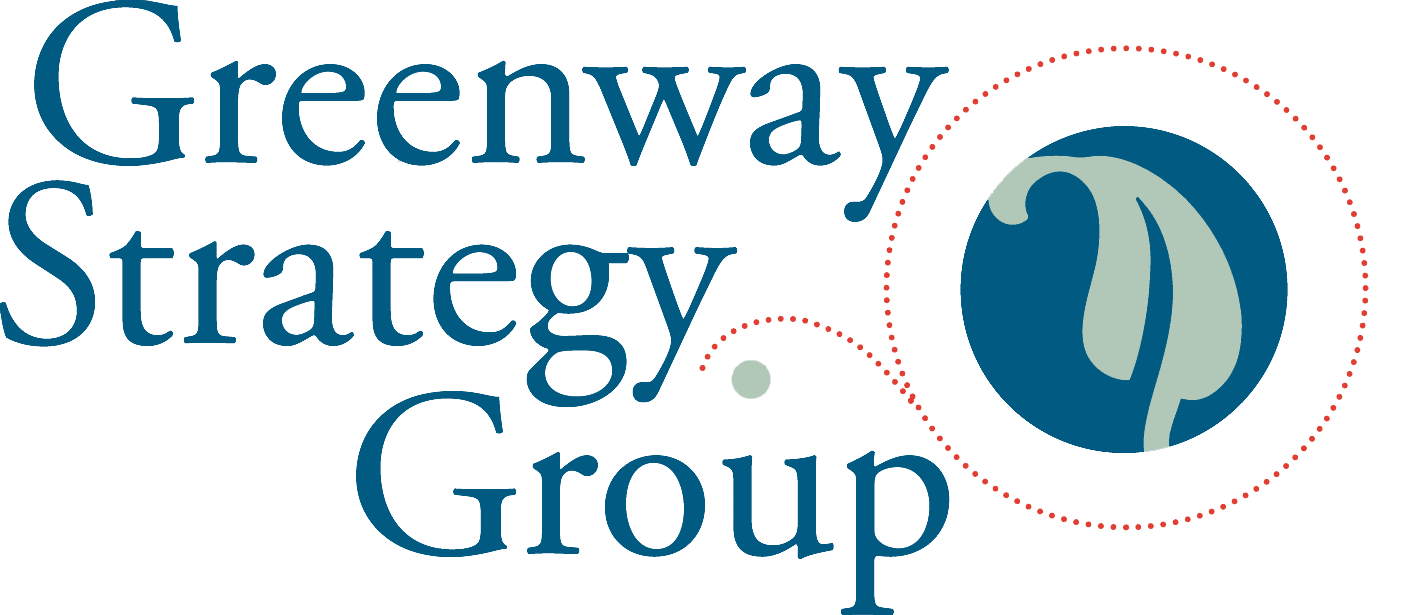Defining Strategy for Social impact Organizations
and why operational effectiveness is not enough…
In the immortal words of Michael Porter, “Competitive strategy is about being different. It means deliberately choosing a different set of activities to deliver a unique mix of value” (Porter, 1996.) How should social impact organizations interpret this statement?
In too many instances, social impact organizations create a document which they label a “strategic plan” that essentially takes the organizational chart and details 5-year operating plans for each functional unit. Once again calling on Michael Porter, “operational effectiveness is not strategy.” While continuous, incremental improvement is essential for any organization, this is not sufficient to differentiate the organization and deliver transformative results. In fact, strategic plans based upon functional units look largely the same from organization to organization.
The first step in developing a coherent, compelling and differentiating strategy within a social impact organization is to be crystal clear about the outcomes that the organization will influence for its beneficiaries. For a time-bound strategic plan, the outcomes with the greatest opportunity for enhancement should be called out as priority outcomes, with specific data on baseline performance and measurable future targets. For example, if a school seeks to prepare students for college and career, a strategy may be driven toward priority outcomes for college access and for vocational certification. If an early childhood program is addressing school readiness for underserved children, the priority outcomes may reflect acquisition of academic knowledge for kindergarten above the average for incoming kindergartners across the community.
Once it is clear what outcomes will be the focus of the strategy, the question is how to differentiate the organization from the many other choices that potential beneficiaries have to consider.
The most common areas where social impact organizations can successfully differentiate themselves from others include the following:
Place
Focusing on a specific geographic community
Target population
Focusing on a narrow group of people who have needs or interests in common
Program design
Offering services in unique and different ways
Service quality
Providing a consistently superior service experience
Impact
Producing results for clients that surpass that of other organizations.
How then do social impact organizations decide in which of these areas to differentiate? Through careful analysis.
Such analysis should include:
review of current performance to identify strengths, assets and areas for improvement
perceptions of current donors, champions, and beneficiaries
benchmark profiles of other organizations with the same mission including revenues, funders, program characteristics, client characteristics, and results
a landscape analysis of future trends in the external environment.
The focus for differentiation should capitalize on the organization’s strengths and asset; be feasible given its constraints and weaknesses; be valued by stakeholders including donors, champions, current and potential beneficiaries; be distinct from other organizations; and anticipate trends in the environmental landscape.
A critical term in Michael Porter’s definition above is “deliberately choosing”. Choosing means focusing on one option over others. Once the differentiating strategy is determined, it is important to stick to it, fully implement it, and avoid the temptation to veer in other directions in response to misaligned opportunities.
The strategic plan should therefore focus on the areas of organizational practice that must be enhanced, redesigned, or created to implement the strategy and attain the priority outcomes.
As Michael Porter stated in 1996, operational effectiveness is not strategy. Being a well-managed organization may further an organization’s reputation and instill confidence in donors, but without a compelling strategy focused on outcomes for beneficiaries, operational effectiveness will not differentiate an organization for long-term growth or sustainability in a world of alternative choices.
© GreenwayStrategyGroup2020

